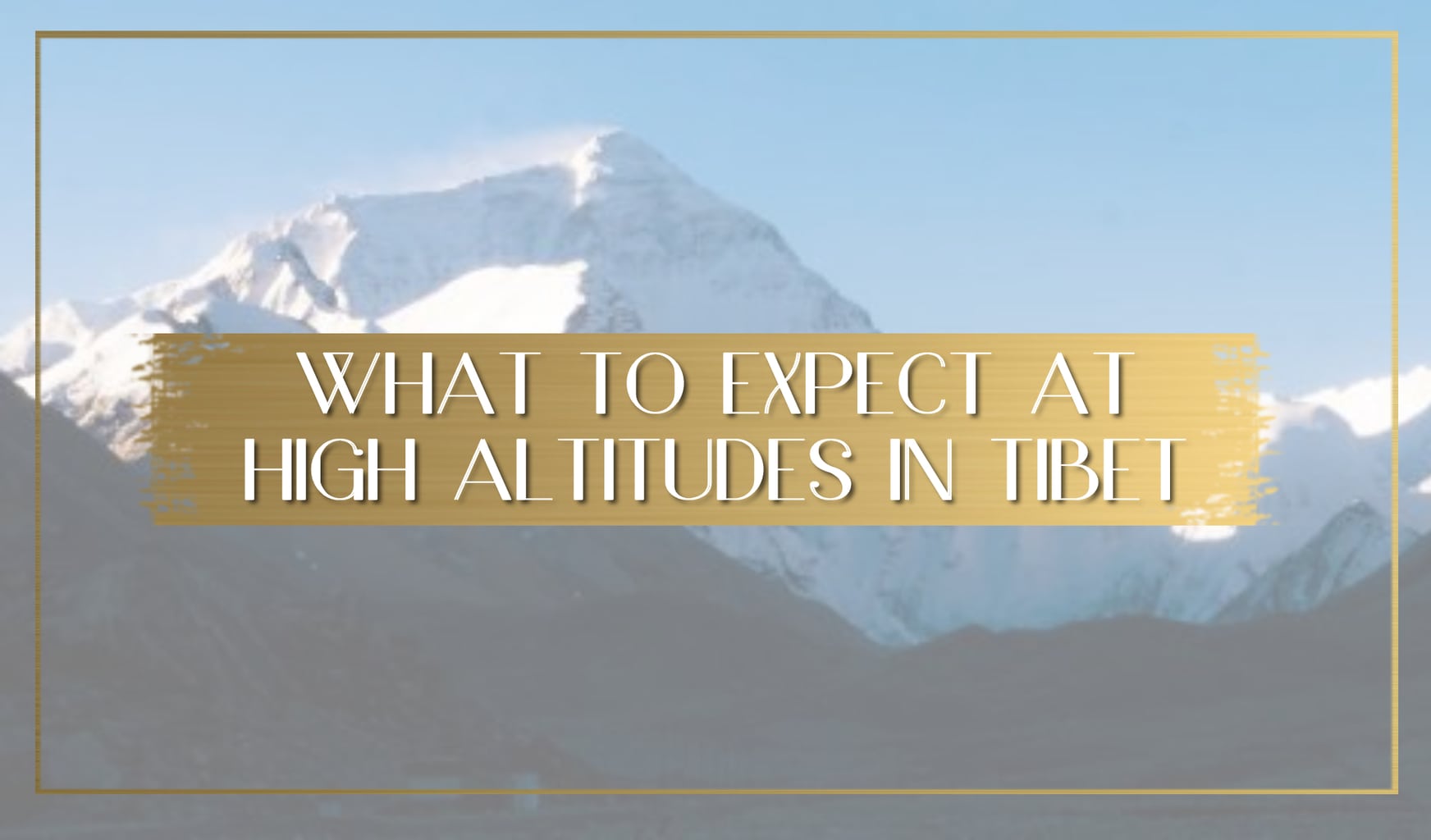
If you are planning to visit one of the three Himalayan countries of Nepal, Bhutan or Tibet then you sure have read about the effects of high altitude on the human body and may be concerned about what it means to you. In this post I aim to share my personal experiences at high altitudes as well as that of my group of four travelers I went to Tibet with in an effort to help you prepare for a physically challenging trip.
I first understood the impact of traveling to high altitude countries when I took a helicopter trip to Everest Base Camp in Nepal in 2014. We only spent two to three minutes right above the climber’s camp at around 5,300m, but the pilot’s oxygen mask and clear anxiety made it clear that what we were doing carried its risks. I had not read anything about altitude sickness at that point and the excursion was an impromptu, last minute decision that we took on the spot, after taking the very commercialised sightseeing flight over the Himalayas that the local airlines sell as sightseeing tours and realising the windows were dirty and the mountains very far away.
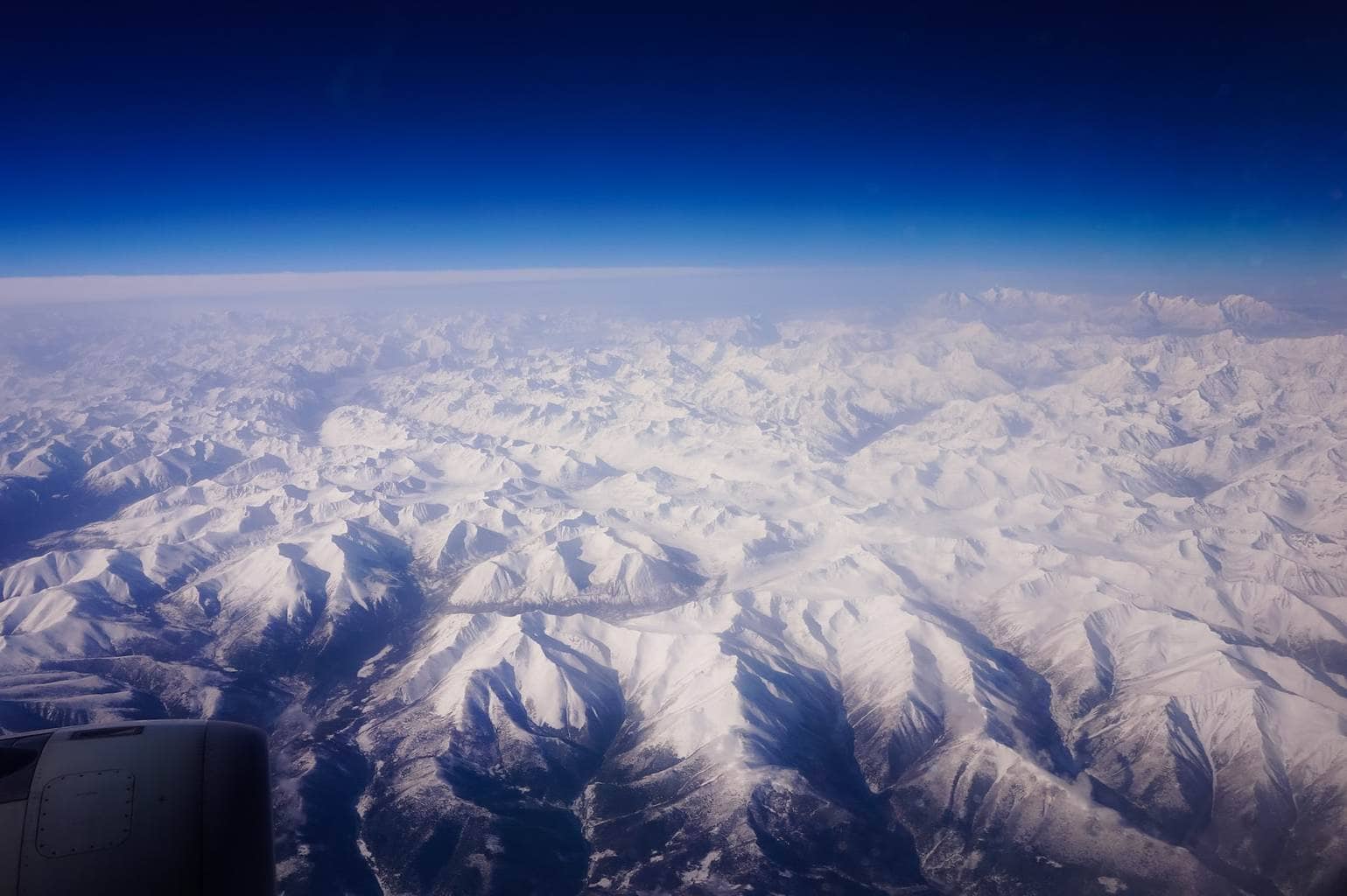
Landing at Everest Base Camp before helicopters were even used for anything other than evacuating climbers who fell prey to altitude sickness was quite an adventure. It was also difficult to forget, not least because of the breakfast we enjoyed on the way down to Everest View Hotel, face to face with the world’s highest mountain.
In 2016 I had my second taste of the effects of high altitude in Bhutan. Although Paro and Thimpu, the two major cities, are only between 2,300m and 2,500m, I could feel the shortness of breath as soon as I checked into the Amankora lodge in Thimpu and had to climb a set of stairs to my room. Suddenly, I was having trouble breathing. After seven days, my body acclimatised and I had no issues trekking the 900m up to 3,100m to visit Tiger’s Nest. This is the good news with altitude. If done at the right pace, most people’s bodies will adapt to the needs at higher levels and change the bodily functions to cope with the decrease in pressure and effective oxygen levels.
Although both my trip to Nepal and the one to Bhutan caused no major effects on my body, Tibet was a different story. The capital of Lhasa is higher than 3,500m above sea level and, at those heights, the oxygen content in the air and the pressure are significantly different than at Thimpu’s 2,300m. And I felt it. Terribly.
Altitude sickness in Tibet – What is altitude sickness
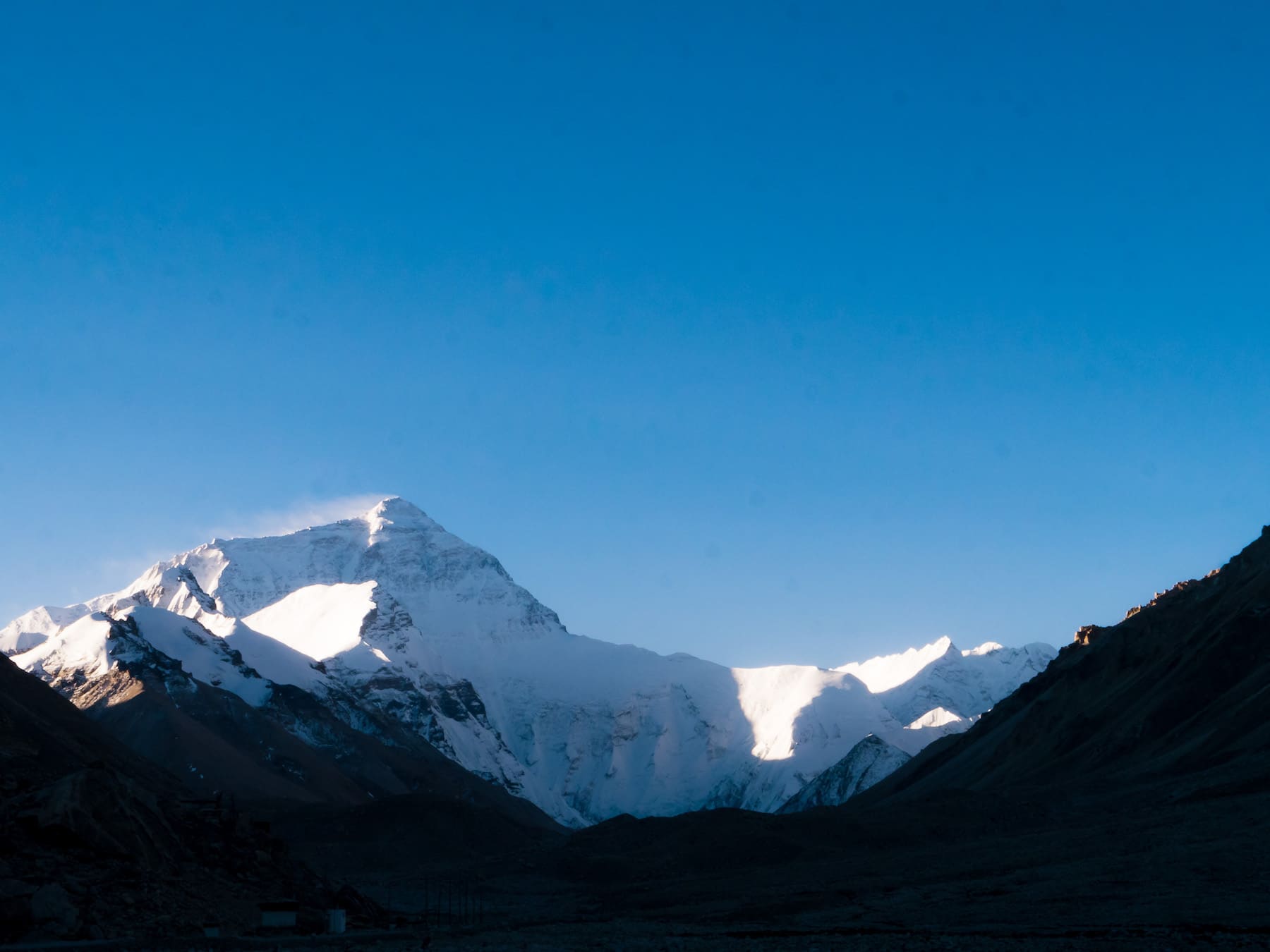
Altitude sickness is the informal name given to the effects of high altitudes on the body. It may start to be felt at 1,500m but is most commonly experienced above 2,100m, when the percentage of oxygen in the blood and the atmospheric pressure drop noticeably and three out of four people will have some symptoms.
Although at lower altitudes, like the ones I experienced in Bhutan, symptoms are mild and soon subside, at higher altitudes, adaptation may take longer and be harder. The initial symptoms of breathlessness and dizziness may worsen with headaches, difficulty sleeping and even vomiting.
Eventually, if the person is unable to acclimatise, altitude sickness may evolve into high altitude pulmonary edema (HAPE) or high altitude cerebral edema (HACE) both of which can be fatal if the person does not descend or get immediate treatment. As we were enjoying our breakfast at Everest View Hotel, our helicopter pilot had to leave us there for a while longer to evacuate a climber who had succumbed to the altitude and needed to be evacuated from Base Camp despite having made it there.
It is believed that oxygen drops to 75% at 2,000m, to 50% at 5,000m and to 30% at the “Death Zone” level at the top of Mount Everest. Oxygen levels below 50% are so hard for human life that few permanent settlements exist above 5,000m. The world’s highest city of El Alto in Bolivia is at 4,150m and La Rinconada, in Peru, is the highest permanent settlement at 5,100m. There are only very few lucky accounts of people surviving higher altitudes, like the famous case of a Cuban Stow-away who hid in the guts of a plane to Spain and survived in what was considered a deep-freeze state, and a miracle.
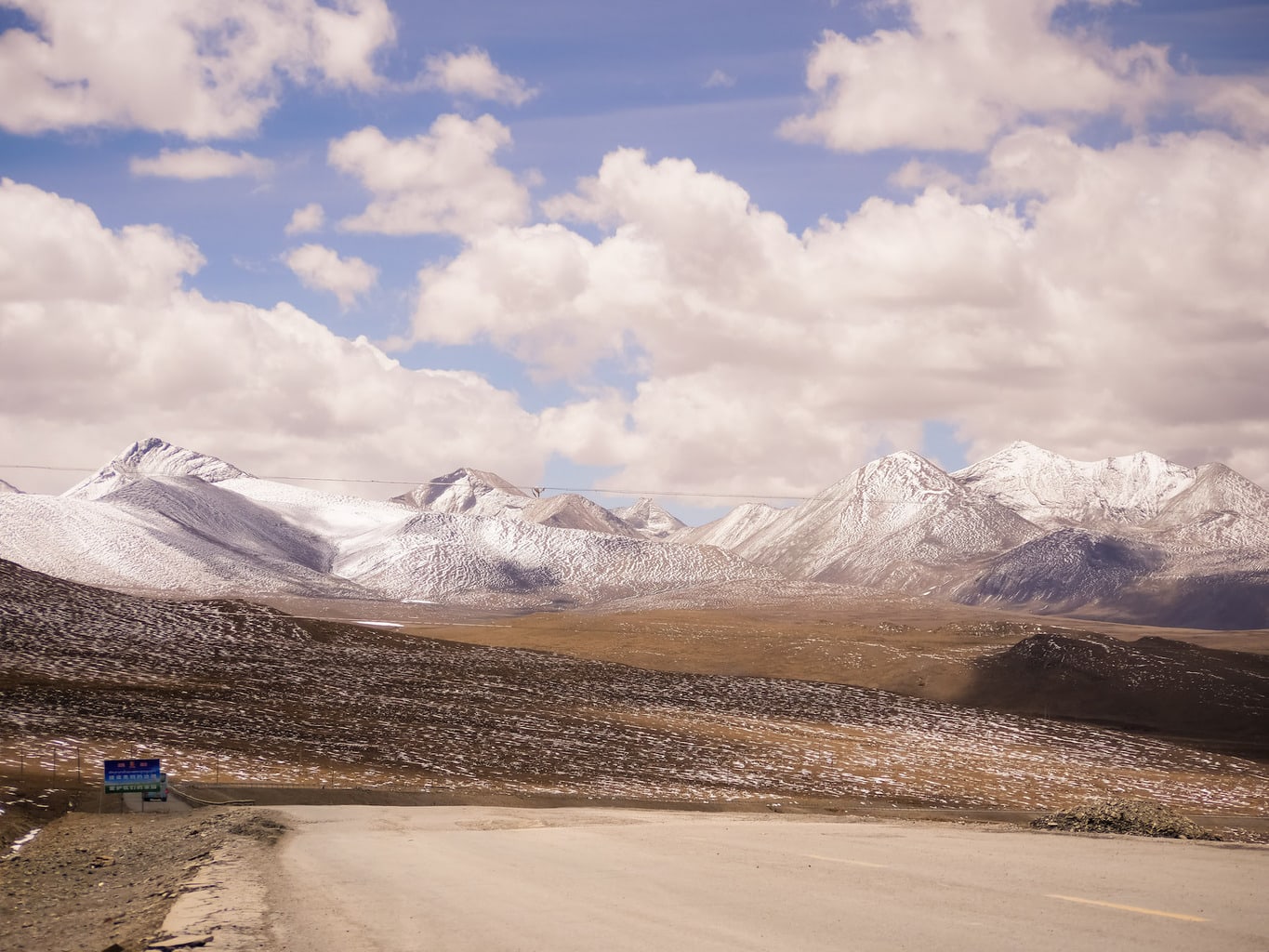
On our way to the Tibetan Base Camp we stopped at Rongbuk Monastery, reputedly the world’s highest monastery, located at 5,000m above sea level and just a few kilometers from Base Camp. There, a group of nuns and monks live with yak in some of the coldest and harshest places on Earth not aided by the constant glacial wind streaming from Everest. Several studies prove that permanent life above 5,500m is not possible.
It is important to note that the oxygen level in the air remains the same at all altitudes. That is, there is always a constant 21% of oxygen in the air no matter how high you ascend. What we experience at higher altitudes is a lower pressure which translates to lower inhaled oxygen as our bodies need to work harder to inhale it and thus we get less effective oxygen in the blood. It is therefore the lower pressure at higher altitudes which causes the breathing issue and the lower oxygen percentage on blood and not the lower presence of oxygen.
Symptoms of altitude sickness
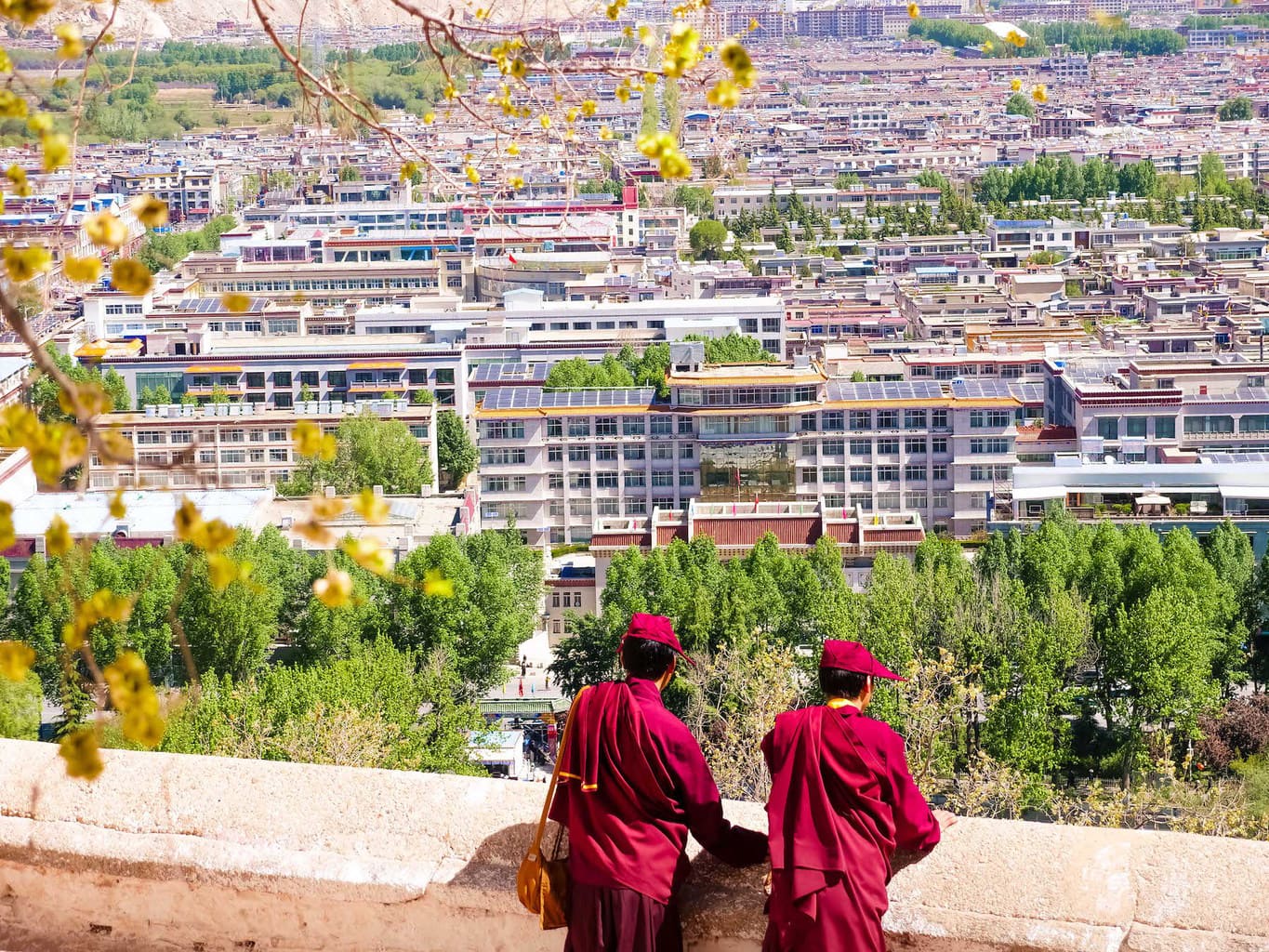
The most common symptoms, all of which my group of five experienced, were fatigue, shortness of breath and difficulty sleeping. As soon as we ascended to the camp at 5,000m for our overnight stay we all had strong headaches, a sleepless night, trouble breathing and palpitations. We also experienced a long range of other effects in one way or another, some of which were expected, others less obvious.
Loss of appetite and flatulence could all be attributed to the altitude but also the different diet we enjoyed in Tibet, very rich in fat, meat and barley. Weakness and fatigue, headaches, which persisted despite the analgesics, and insomnia were felt by all five of us in varying degrees.
Taking panadol, aspirin or ibuprofen was not enough to appease the pain. Dehydration could have also contributed to the headaches as it was easy to forget to drink at such cold temperatures and the body evaporates water faster and evacuated liquid more often at higher altitudes. Swelling was obvious in some of us, especially puffiness in the face, my partner even had a short term double chin.
Perhaps where we all suffered the most was in the breathing. Shortness of breath was present throughout the trip and we never truly managed to acclimatise as we kept climbing from 3,500m to 5,200m in seven days. With that came the nose bleeding, the sneezing and the throat itchiness, symptoms which persisted after descending and were still present a few days after returning to sea level.
Effects of altitude and altitude sickness
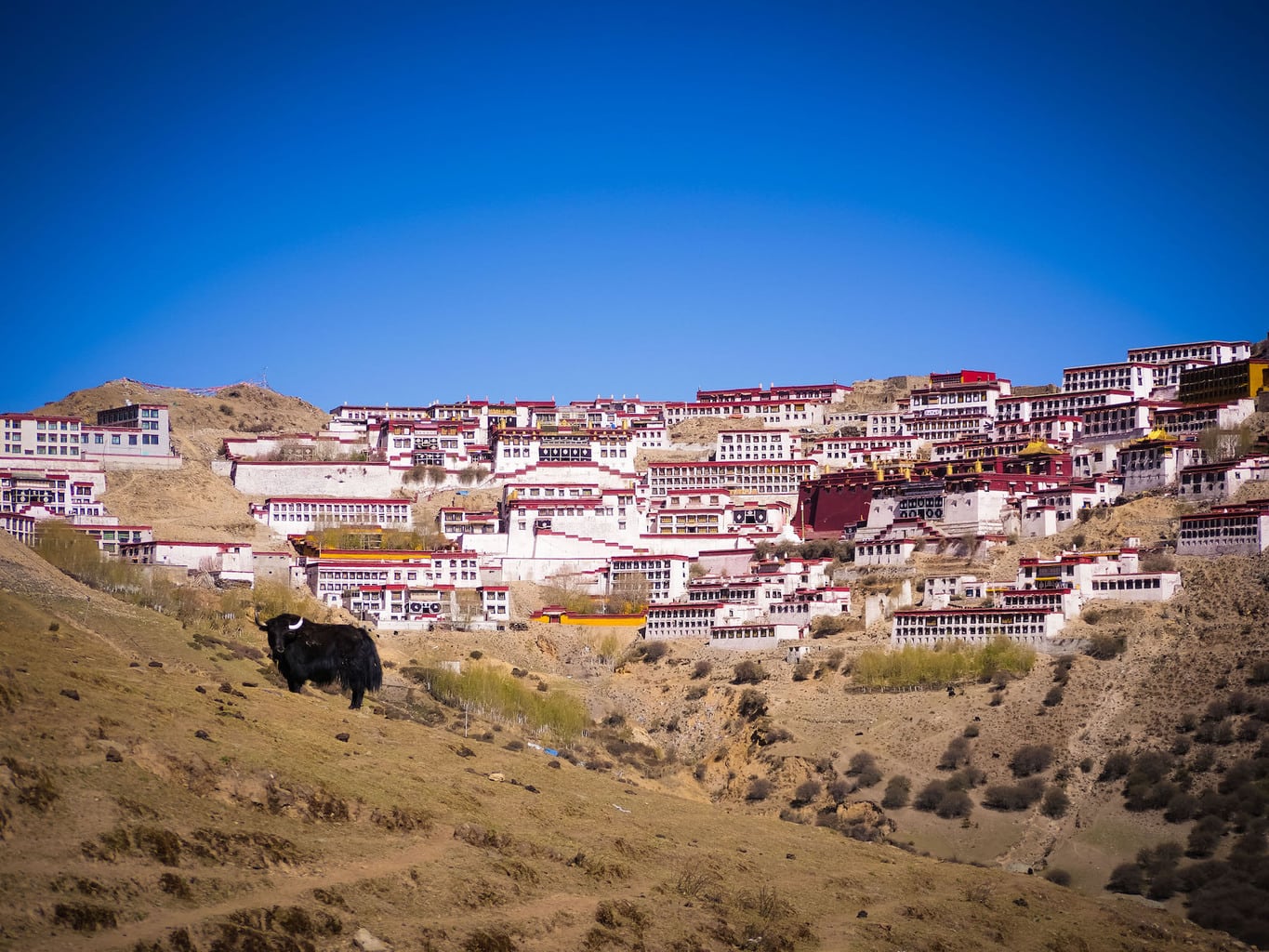
Exerting ourselves aggravated the symptoms dramatically so we tried to walk slowly and minimise physical exercise as much as possible.
However, we also felt that, as a result of the low atmospheric pressure, we had short bursts of energy and physical capacity that were followed by sudden breathlessness, so the effect of the lower oxygen was delayed.
For example, both my partner and my friend Edwin managed to do almost as many push-ups in 30 seconds as they could at sea level, and probably faster, but after 30-40 seconds exerting themselves they were completely out of breath almost instantly.
This is a documented effect that is used by athletes for training as the lower atmospheric resistance at high altitudes provides a burst of energy for short sprints or jumps and the effects of acclimatisation stay for a few weeks after returning to lower altitudes, providing short improvements in physical performance.
This sudden burst of energy we could all feel as we ambitiously ascended the last few meters to the top of the hill at 5,200m to see the climber’s Base Camp only to be hit, half way up, by a sudden breathlessness. Our guide kept repeating that we should take it easy and go slowly but these short outbursts of energy were hard to ignore.
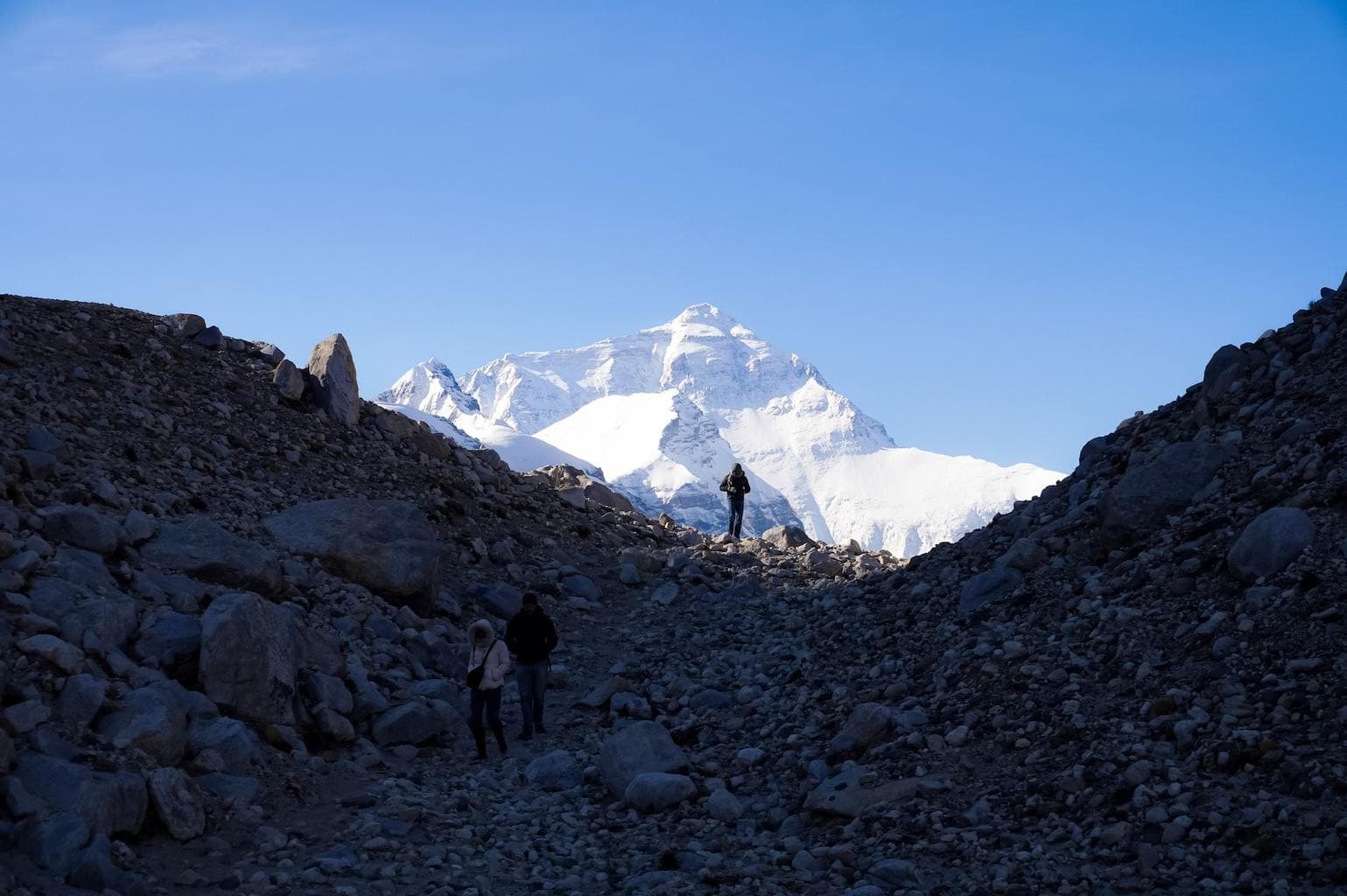
Some other effects of high altitude I had not accounted for were the palpitations and shaky pulse which made taking photos and videos incredibly hard. It was also difficult to kiss, as we tend to use our noses for breathing when our mouths are busy and at high altitude you need all the breathing capacity you can get to survive. It did not help that our noses were so dry and painful that breathing was even harder.
Holding our breath was also more apparent. For example, when taking a photograph, to ensure stability we tend to unconsciously hold our breaths, or when drinking water and taking a long sip. Doing so caused immediate dizziness and even caused our heads to spin.
How to minimise or avoid the risk of altitude sickness
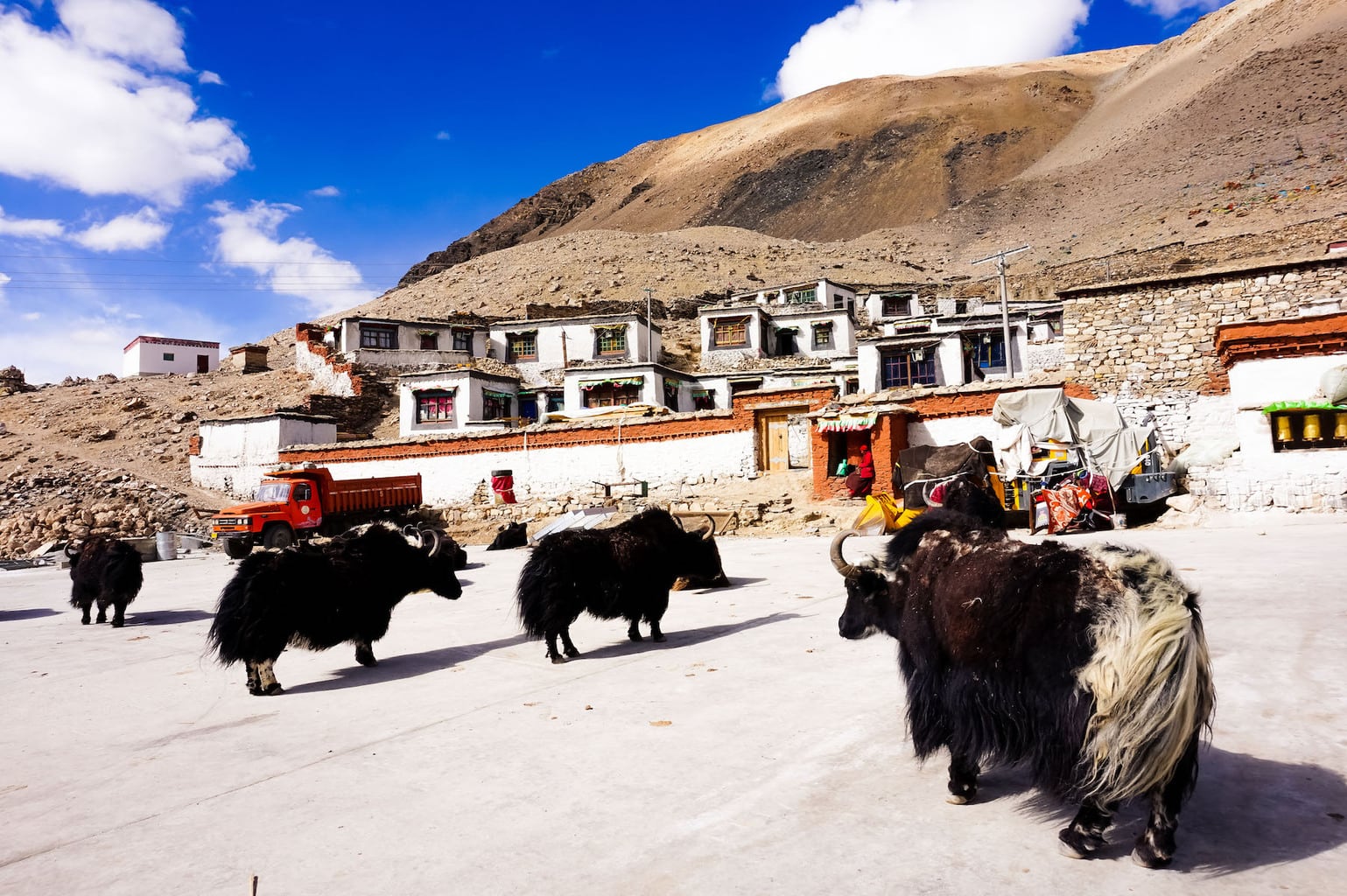
The most baffling part of altitude sickness was the difficulty to predict who would be affected the worst. In our group of five were my sister, who is completely sedentary, me and my boyfriend who are both fit and exercise daily, and Edwin and my sister’s husband, Marc, who are generally fit and active people.
We were all affected to some degree or another but my partner, the fittest and most athletic of all, felt it the worst. This is someone who can easily do 100 push ups, several one arm pull ups, who can lift 120kg and who has a six pack. He suffered badly, to the point of vomiting as we were descending. My sister, on the other end, had the easiest ride, experiencing only breathlessness and some headache at 5,000m.
The best, and possibly the only way to avoid or reduce the risk of altitude sickness is to ascend slowly. A good rule of thumb is to stay at any altitude for four days or to climb not more than 300m to 500m per day of sleep. That is, you may climb higher during the day but you sleep no higher than 500m from the previous night.
Starting at Lhasa directly, flying from sea level, is not recommended and it is easier to spend a night at around 2,000-2,500m first as 3,600m is already very high and risky. Taking the train to Lhasa helps, but the train climbs too fast for it to be truly helpful so if you take it from Beijing or even Xining, like us, you are soon going to find yourself at 4,500m which is too fast to help acclimatise.
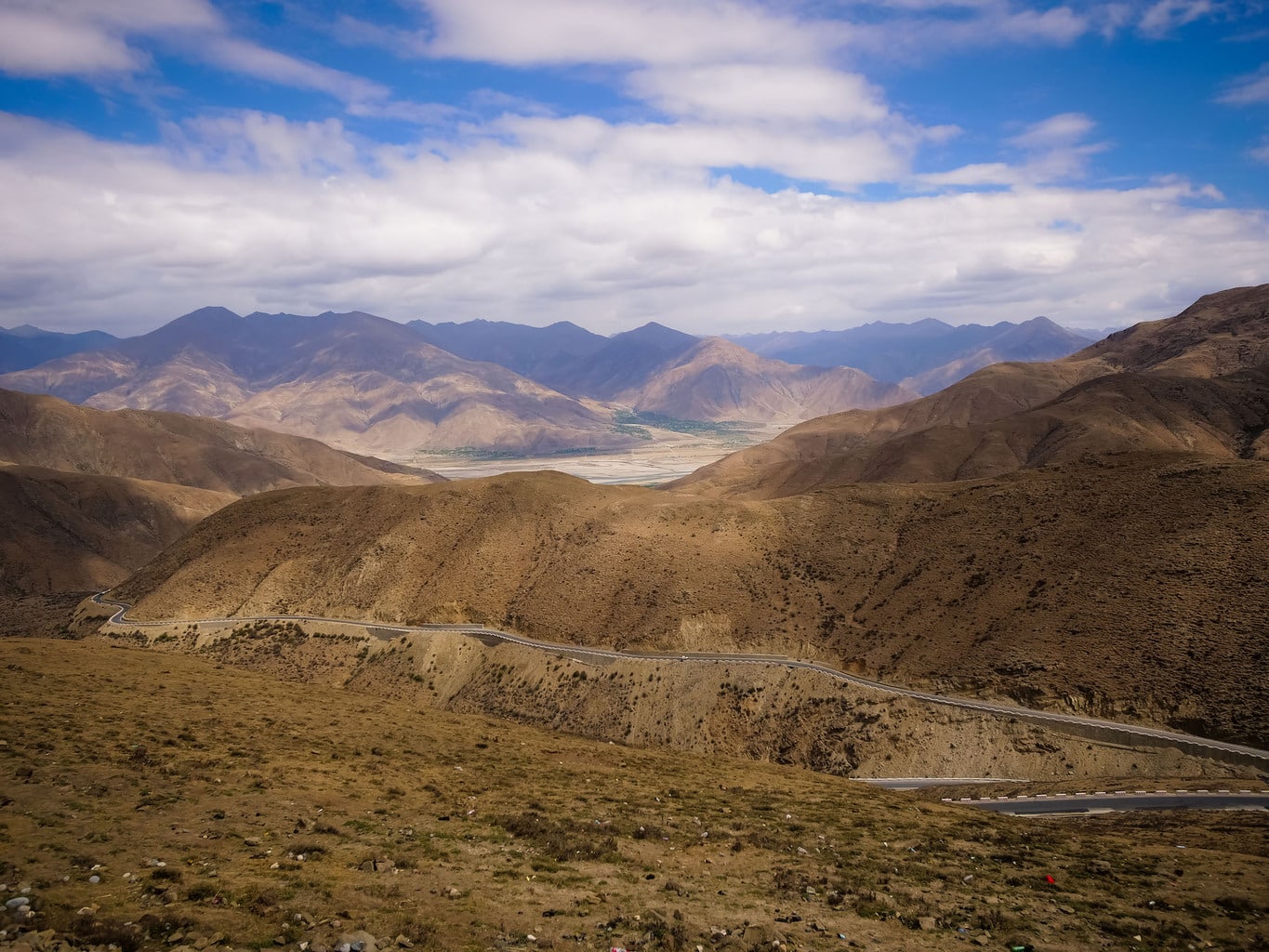
To acclimatise the body produces higher amounts of red blood cells so that more oxygen can be carried through the body, a process that happens naturally as we go up. Acclimatisation will not reduce the higher heart rate or faster breathing but it will alleviate the rest of the symptoms.
There are medications one can take to aid in the process of acclimatisation. We saw a doctor in Singapore and got Acetazolamide which helps the body by accelerating the kidney’s production of bicarbonate thus acidifying the blood and asking the respiratory system to breath faster which accelerates the production of red blood cells.
We took it on our train trip to Lhasa as ideally it needs to be taken a couple of days before ascending and felt fine in Lhasa but did feel the common side effects of tingling on the hands and feet that was so unnerving.
Eating correctly and staying hydrated beyond the sea level amounts is very important. The headaches and the overall wellbeing will improve drastically if you drink enough water and take fluids in the form of soup and juices. Alcohol and caffeine worsen the effects of altitude sickness so you should avoid Lhasa Beer and minimize tea consumption, even if Tibetan hospitality will offer you milk or butter tea at any occasion.
If the symptoms are too strong and breathing becomes really hard even in a resting position, supplemental portable oxygen is available in all tourist cars in Tibet. Oxygen masks were also available in hotel rooms across the country, even in the most basic hotels, and vendors were selling it at the Potala Palace.
Our train to Lhasa, which climbed up to 4,500m above sea level during the night, injected oxygen into the cabin’s air after we crossed the 3,500m mark to keep the effective altitude at 3,500m or that of Lhasa. Otherwise, the risk of high altitude sickness from traveling from sea level to 4,500m in a few hours could have been very dangerous.
- Check if you need a visa, get help processing it at iVisa.
- Never ever leave without travel insurance. Get affordable coverage from World Nomads or long term insurance from Safety Wing.
- I find all of my flights on KAYAK. Check their Deals section too.
- Search for all your transportation between destinations on the trusted travel booking platform Bookaway.
- I book all my day trips and tours via GetYourGuide, they are the best and their tours are refundable up to 24h in advance.
- Get USD35 off your first booking with Airbnb.
- Compare hotels EVERYWHERE at HotelsCombined and book with Booking.com.
- Compare car rental prices at Rentalcars.com
